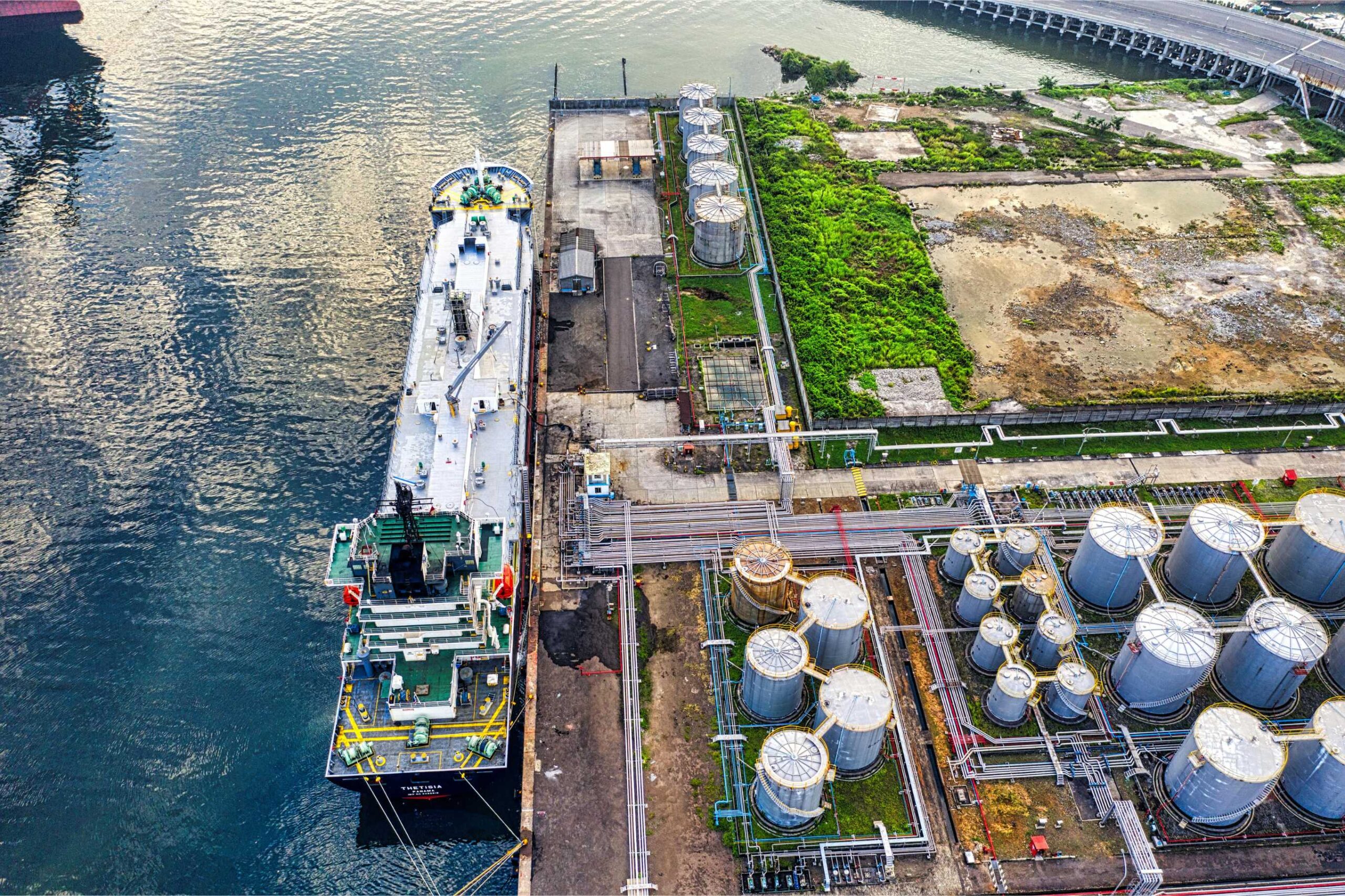Haul Road Wearing Courses – Unbound Mix Design, Haul Road design incorporates a number of principles and methodologies similar in nature to conventional heavy duty pavement design with additional consideration given to utilising site won, marginal material.
The structural element of a haul road application is undertaken using the same principles as heavy duty pavement design giving allowance to increased stress condition performance of unbound materials and proximity factors under heavy wheel loads.
Whilst this process is quite well established, the success of a haul road pavement is very much dependant on the integrity of the wearing course from a safety, short term and whole of life cost perspective.
Typically, haul road wearing courses are constructed as unbound material using a blend of local natural and processed material to achieved the desired mix properties. The makings of a successful wearing course is to use this blend of natural and/or processed material to achieve a desirable strength, dustiness, skid resistance and durability requirements.
Given the generally ‘loose’ specifications of haul road building materials, various design guides and technical documents have been produced to outline ideal properties for use in a wearing course application, including:
Are environmental regulations, health and safety concerns or potential profit loss a concern right now?
Shrinkage Product – Characterised by a relationship of fines content and linear shrinkage and is susceptible to ravelling and corrugating if too low and reduced skid resistance if too high.
Grading Coefficient – A coefficient that defines the suitability and grading of a material. If too low, this can reduce the surface finish, increased loose stones and increased tyre damage. If too high can lead to ravelling and increased slipperiness
Dust Ratio – A ratio of %passing on nominal sieve sizes to indicate the proneness to dustiness under general operations. If too low, the mix is susceptible to premature ravelling and if too high, dustiness becomes a concerning issue and requires increased maintenance demand.
Atterberg Limits – The balancing of traditional Atterberg limits (Liquid Limit, Plastic Limit and Plasticity Index) is required to achieve waterproofing and binding properties. If too low, the susceptibility to ravelling and distress related to pore-water pumping becomes problematic. If too high, dustiness and reduced skid resistance becomes of concern.
California Bearing Ratio (CBR) – Generally a governing factor in the structural performance of the material and is typically only achieved on the premise of suitable grading, Atterberg limits and wet/dry strength variation. If too low, rutting, corrugation and general deformation in the layer becomes of concern and significantly increased maintenance demand.
Blending of various stockpiles and ranges of material is typically undertaken to achieve these desired properties, however when these cannot be easily achieved, the use of rendering products including GRT7000 can be used to significantly reduce operational maintenance costs.
For more information on Global Road Technology or Haul Road Wearing Courses please Contact Us.
MORE INDUSTRY ARTICLES
April 19, 2024
LNG: What is it, and why does it Matter?
April 17, 2024
Team Rio Locks In $23 Billion for Simandou
MORE INDUSTRY ARTICLES
April 19, 2024
LNG: What is it, and why does it Matter?
April 17, 2024

